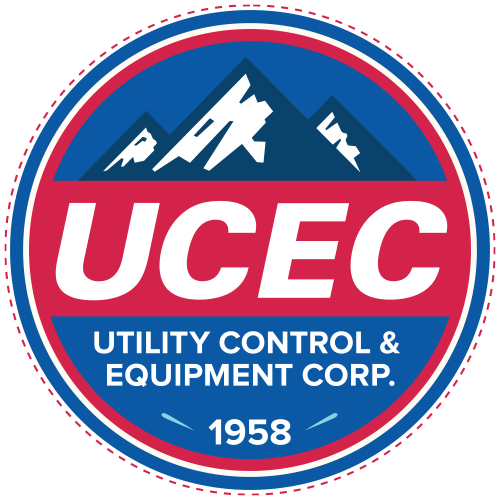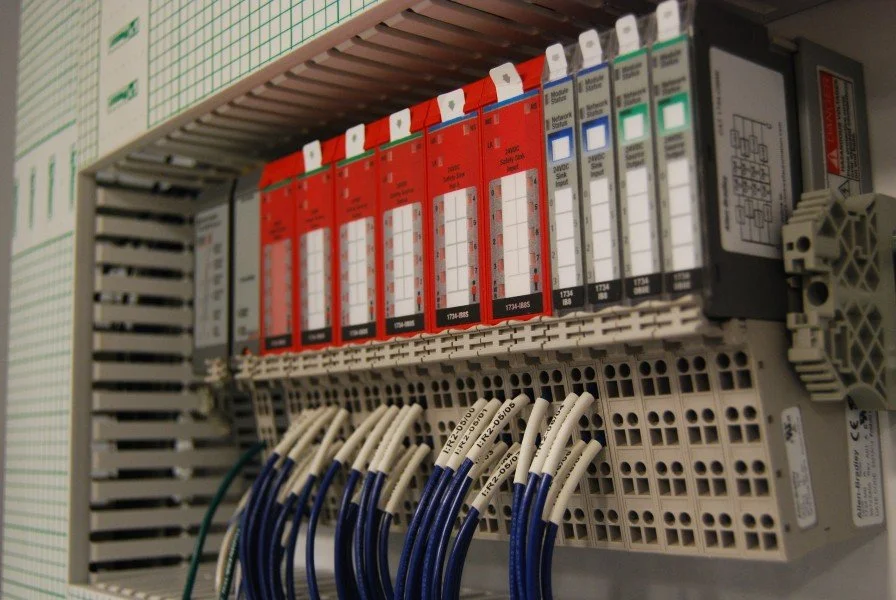Key Functions of a PLC in an Industrial Control Panel
In today's advanced industrial landscape, automation and control systems play a vital role in ensuring efficiency, reliability, and safety in manufacturing processes. At the heart of many of these systems is the Programmable Logic Controller (PLC), a versatile and powerful tool for industrial automation. Industrial control panels are integral to these systems, housing various components that manage and monitor processes. In this blog post, we will explore the key functions of a PLC within an industrial control panel.
Logic Control
PLCs excel at executing logic-based control functions. They process input signals from sensors and switches and apply logical rules and instructions to determine the appropriate response. For example, in a manufacturing setting, a PLC can analyze data from sensors to decide when to start or stop a conveyor belt or adjust the speed of a motor.
Sequence Control
Industrial processes often involve a sequence of operations. PLCs can be programmed to manage these sequences efficiently. They can start, stop, and control various devices and machinery in a specific order, ensuring the correct sequence of operations for a given process. This is particularly crucial in industries like automotive manufacturing, where precise assembly line sequences are critical.
Analog and Digital I/O Handling
PLCs are equipped to handle both analog and digital inputs and outputs. Digital inputs are typically binary, signaling the presence or absence of a particular condition. Analog inputs, on the other hand, can provide a range of values, such as temperature or pressure readings. PLCs can process this data to make real-time decisions and adjustments based on the analog signals received.
Data Storage and Retrieval
PLCs can store data in memory for future reference and analysis. This is particularly useful for tracking production statistics and performance metrics. Industrial control panels often include data storage and retrieval capabilities, allowing operators and engineers to access historical data to optimize processes and troubleshoot issues.
Communication with Other Systems
Modern industrial systems require coordination and communication between various components and systems. PLCs can interface with other devices and systems using standard communication protocols. This allows them to exchange data with Human Machine Interfaces (HMIs), Distributed Control Systems (DCS), or even connect to higher-level enterprise systems for remote monitoring and control.
Alarm Management
An essential function of a PLC in an industrial control panel is managing alarms and emergency situations. PLCs can monitor various parameters and trigger alarms when predefined limits are exceeded. This ensures a quick response to potential issues, reducing the risk of equipment damage or production disruptions.
Safety Features
Industrial control panels must adhere to strict safety standards. PLCs can be programmed to implement safety interlock and emergency stop functions. In cases of safety breaches or emergencies, the PLC can immediately halt processes or shut down equipment to protect both operators and the machinery.
Diagnostics and Troubleshooting
PLCs offer diagnostic features that help identify faults and issues in the system. They can generate error messages and provide detailed information about the location and nature of the problem, making troubleshooting and maintenance more efficient.
Conclusion
Programmable Logic Controllers (PLCs) are the brains of industrial control panels, enabling automation and control of complex industrial processes. Their versatile functions, including logic control, sequence control, data handling, communication, safety features, and diagnostics, make them invaluable in the modern industrial landscape. As technology continues to evolve, PLCs will play an increasingly crucial role in ensuring the efficiency, reliability, and safety of industrial operations.

